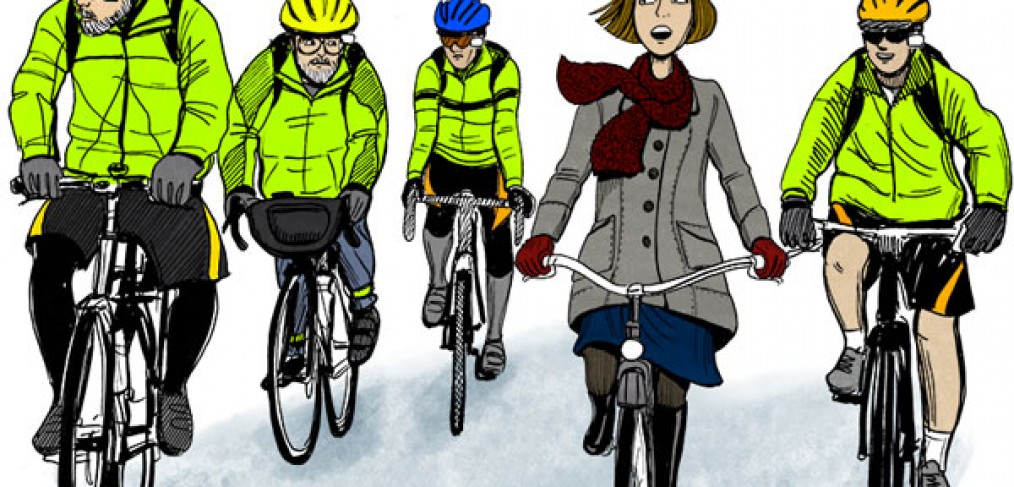
Uniform
The other day I was riding to work when I happened to notice the other people riding bicycles around me.
This was more of a coincidence than typical of what I see everyday. But I wondered- does not wearing a fluorescent uniform make a person stand out more?

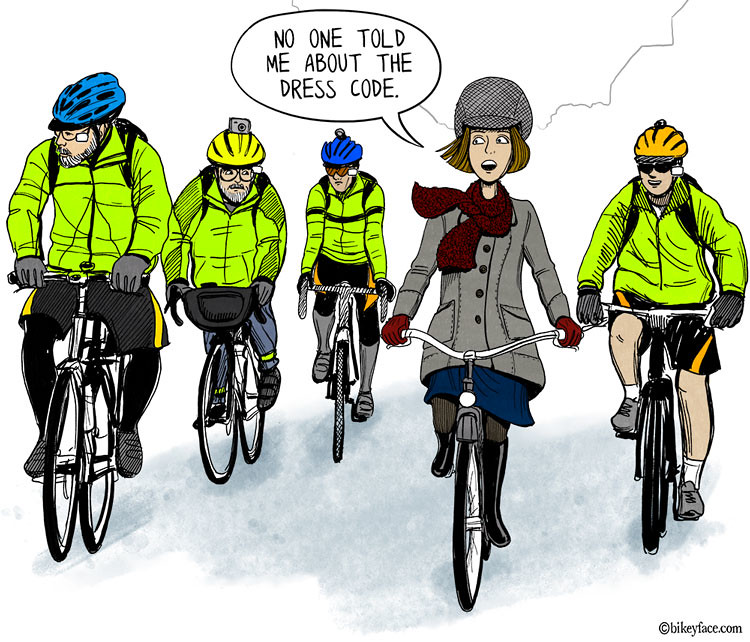
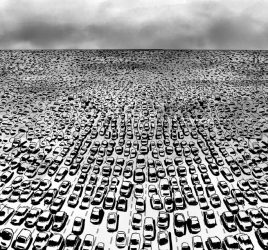
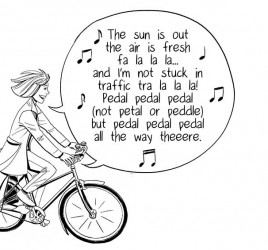
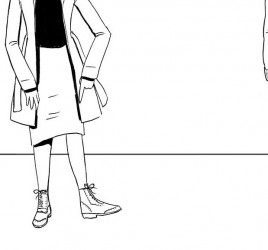
I’m conflicted about this one. On the one hand, I agree that in an area where biking is normalized, you shouldn’t need special clothing. On the other hand, I live in the U.S. South, where biking definitely isn’t normalized. I keep a hi-viz, reflective vest in my briefcase and usually slip it on at dusk and at night — but if I don’t happen to have it with me, it’s no big deal. Lights are a big deal (I use dynamo-powered running lights at all times). I do find that drivers give me more space when I’m wearing it.
Also, in general, I’m more likely to use the orange vest and helmet when I’m biking out in the high-speed sprawl, than in the downtown, because 1) at higher speeds people need to be able to see you sooner, and 2) in really non-bike-oriented areas it seems like a good idea to project the image that I’m doing everything I can to play by the rules.
Why so judgmental about what people wear? Some people like being seen. What’s it to you, wear what you want. Do you like it if other people judge your clothing choices?
We don’t like it when judges and juries judge our clothing choices to infer some fault onto cyclists in crashes with cars, and relentless promotion of helmets and hi-viz has that effect. It is also peculiarly applied mostly to cyclists (and not to drivers — who could cut their own risks substantially by wearing helmets, and who all this winter often saw nothing wrong with driving at usual speeds in drab-colored automobiles on cloudy days with their headlights unlit).
“Wear what you want’ and ‘clothing choice’ implies a fashion statement. This isn’t about fashion. This is about people spreading the idea that riding a bike is dangerous, even though it isn’t, which scares people away from ever getting on a bike.
High visibility clothing is also about transferring the responsibility for safety from the offender (motorist) to the victim (biker). “It’s not my fault! I didn’t see ’em!” they cry. Which is ridiculous. But some people believe their fanciful stories.
And it’s about making special rules for those OTHER people. Where are their high visibility cars? It’s a fact that black and dark grey cars get in more accidents, but nothing is done about that.
There are reasons why cook carrots
lay unmarked at the dinner table and in the lunchbox. Some children say they’re dull,
bland, and stress. But most of that’s a matter of view.
Do your best to dress up carrots in kid- friendly manners and provide the kids to your children regularly.
These two keys to success are in improving the diet of your family your best bets.
Kid-friendly carrots are cooking carrots that is easy.
Here are three ways carrots could be served to your brood that ensure plates that
are empty and bellies filled with wholesome carrots:
There have been studies. What do they say?
From Wikipedia “A 2012 British case-control study showed a non-significant increase in the odds of a crash for users of reflective conspicuity aids whilst cycling.”
An increase in crashes.
“In 2014, a further case-control study conducted in Canada reported a decrease in the odds of a collision with a motor vehicle when wearing ‘light’ (not specifically fluorescent) coloured clothing in daylight but an increase in the odds of a collision for cyclists using fluorescent clothing (and lights) at night. The number of conspicuity aids used was positively associated with an increase in collision crash odds but a non-significant reduction in the likelihood of hospitalisation. These results show a large safety effect in simulated or experimental conditions but little if any benefit of conspicuity aids use in observations of actual utility cyclists. This apparent contradiction may arise because of a form of risk compensation. Cyclists using conspicuity aids might be overestimating the level of protection conspicuity aids actually confer when used whilst cycling in traffic.”
Risk compensation. Basically, high viz clothing does nothing if you don’t ride your bike in a safe manner.
Crazy Brits did another experiment too. They measured how close drivers pass by cyclists wearing hi-viz jackets, and those wearing regular everyday non-reflective clothing. Drivers were passing cyclists wearing hi-viz clothing with few inches less to spare on average, than when passing cyclists wearing non-reflective clothing. Which would explain better why they tend to knock down “hi-viz cyclists” more often.
Where is the best place to hide a leaf? In a tree…
During my soldiering days many years ago we were taught on our camouflage course that the human brain’s visual-information processing circuits are great generalisers: which means, basically, that unless something actually advertises its presence, anyone not expecting it to be there will usually fail to see it. So in a night-time urban-street environment where nowadays absolutely everything is painted with hi-viz and reflective coatings, you might actually be more conspicuous if you dressed from head to foot in black. These things are not always as obvious as they seem: many years ago the British Special Air Service had to choose an optimum all-terrains camouflage colour for its vehicles since it would usually have to deploy too fast for there to be time to respray them. And after much experimenting, the colour which they came up with for optimal least-conspicuity everywhere from the Arctic snows to the jungles of the Equator was in fact a sort of dull pink…
Myself, since my clothing taste has always tended towards greys, browns and greens, the approach that I take is to place my trust in a powerful Busch & Muller rear light, plus the legally-required red reflector on the back mudguard and yellow ones on the pedals – the latter no use whatever in practice since they soon get dulled by road crud – plus a pair of fluorescent-yellow reflective armbands which are visible both day and night. My wife has tested this for me by following me in her car at night, and she assures me that it’s all highly visible from a range of about 200 metres. So I conclude that if a motorist fails to see it, then it’s probably because they’re not bloody well looking, and if I bathed in luminous paint and stuck roman candles in my ears they’d fail to see that as well.
There is only so much that one can do to guard against human stupidity and negligence – and in my view dressing up like Ronald MacDonald to ride a bicycle is definitely going too far.
“Which would explain better why they tend to knock down “hi-viz cyclists” more often.”
What we might be looking at here is a statistical distortion caused by the fact that sporting cyclists – or those who would like to be thought of as such – tend to be the ones who buy ” the correct kit”; and also the ones who take more risks and end up the most often in accidents. It’s why in the Netherlands cyclists presenting at hospital casualty departments tend to be disproportionately helmet-wearing. In that country no-one bothers wearing them except for racing cyclists who are required to do so under FCI rules, and racing cyclists travelling fast on light and skinny-tyred bikes tend to be the ones who fall off and hurt themselves.